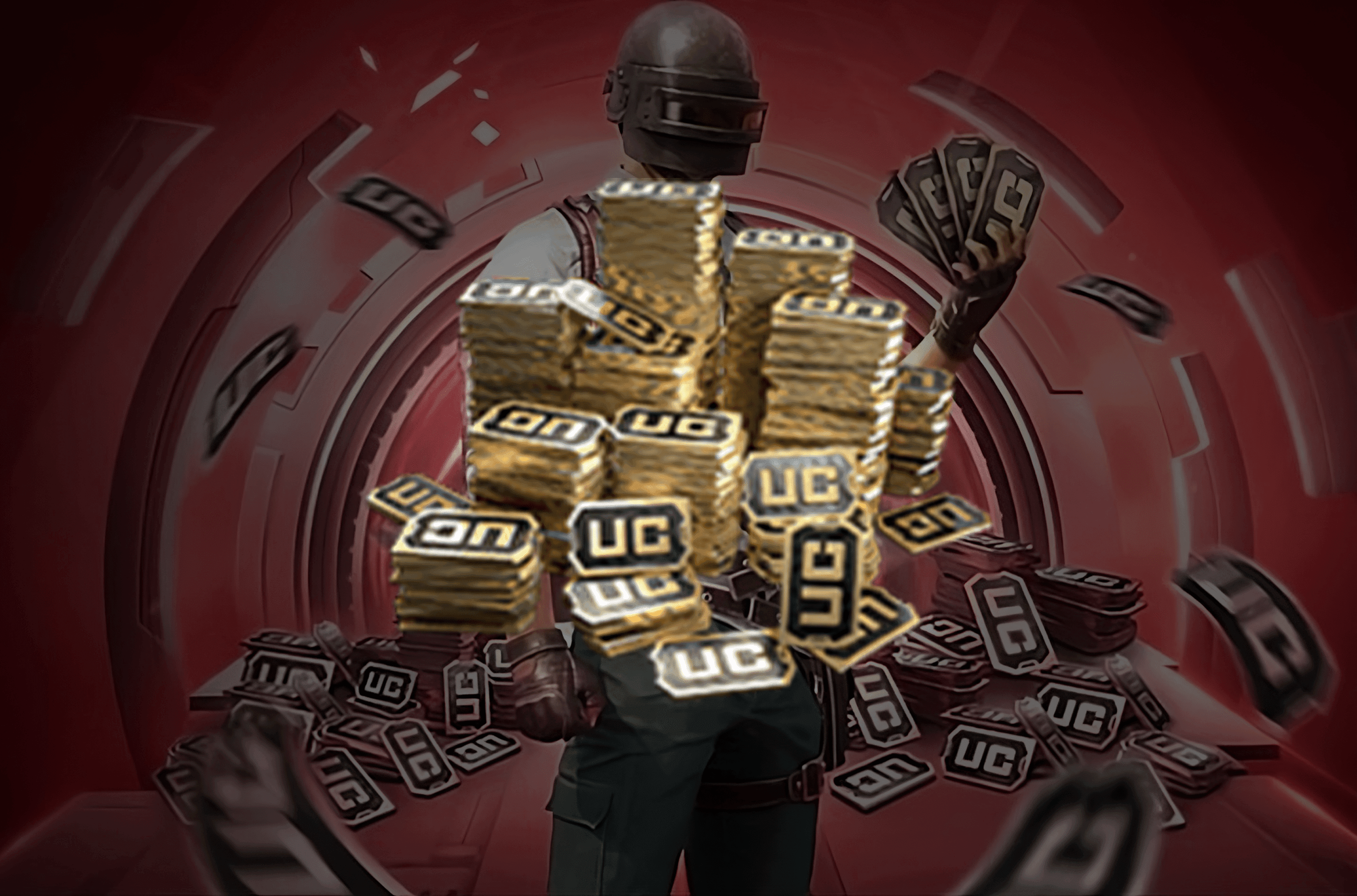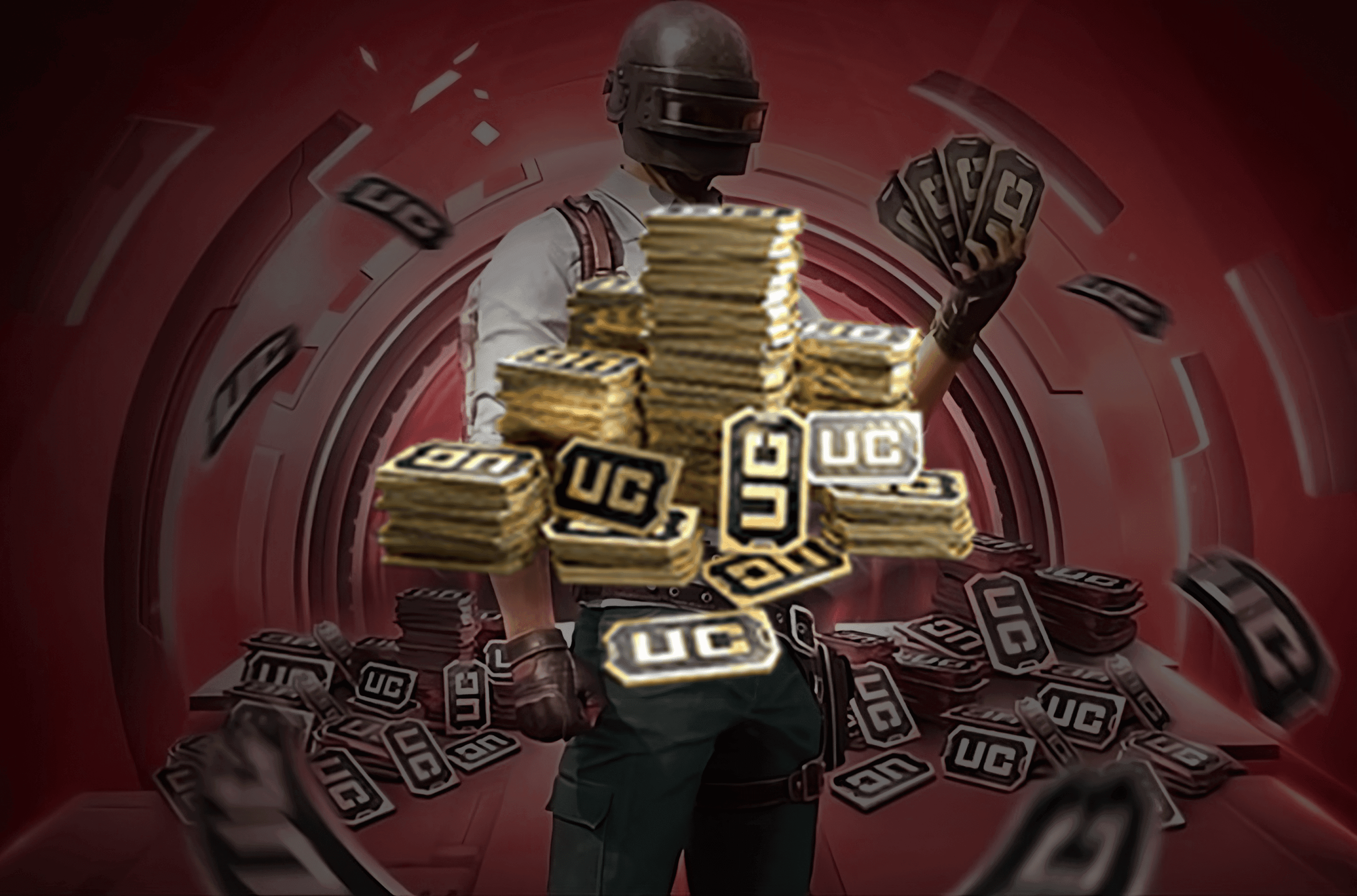NBA 2K25 Review: A Veteran Return with Fresh Moves but Familiar Issues
In recent years, Visual Concepts’ focus on online features and microtransactions has left NBA 2K feeling repetitive and uninspired. However, **NBA 2K25** presents a different story—more like a seasoned veteran of the basketball world. While there are still some gaps, strong fundamentals and new innovations make it a refreshing addition to the series, appealing to both newcomers and longtime fans.
At its core, **NBA 2K25** excels where it matters most: the action on the court. The return of ProPLAY technology has significantly improved player animations, making movements like Paul George’s jump shot or Jayson Tatum’s shooting mechanics feel more lifelike than ever before. Yet, despite this refinement, 2K25 remains a familiar game—but one that feels smoother and more polished, like a Steph Curry jumper.

The real breakthrough this year comes with the addition of **Go-To Moves**, allowing players to replicate the signature moves of stars like Nikola Jokic or Donovan Mitchell. While the system adds excitement, it’s somewhat limited, as each player only has one signature move, leaving fans wanting more. Moreover, post players like Joel Embiid are shortchanged, with iconic post moves missing from the game.
A completely new feature, **Rhythm Shooting**, offers an alternative shooting method using a complex Pro Stick motion. Although initially tricky, it grows on players by being more forgiving toward imperfect releases, allowing seamless transitions into dribble moves. It also pairs well with the newly redesigned shot meter, but frustration might arise from its high learning curve. The **Shot Timing Profiles** system helps smooth things out by allowing players to choose different timing profiles based on difficulty, making the game more accessible.
**MyNBA Eras** introduces the new **Steph Era**, starting in 2016 to commemorate the Golden State Warriors’ dynasty. However, it feels somewhat cramped, as it overlaps with the LeBron Era. On the **MyGM** front, Visual Concepts has flirted with turning the mode into an RPG by adding character backstories and dialogue, but these elements often feel forced and incomplete, leading to awkward moments like a team governor asking for star players to be traded based on a dream.
Where NBA 2K25 shines is in the revitalization of **MyCareer**. After years of underwhelming storylines, this year’s mode kicks off with an exciting scenario—Game 7 of the NBA Finals—instantly engaging players. The addition of the **Heart of a Dynasty** story mode provides a nostalgic return to MyCareer’s glory days, with players reliving their rise to stardom through four intense games. **The City** returns as the open-world hub, offering a more streamlined experience, with quick access to key locations and fast-paced **Streetball** action to keep players entertained.
Unfortunately, the specter of microtransactions still looms large in NBA 2K25. Raising your player’s attributes in **MyCareer** without spending money is an excruciatingly slow process. In **MyTeam**, while microtransactions are still present, the return of the **Auction House** helps balance things, allowing players to build competitive teams without relying on real money.

**Verdict:**
NBA 2K25 feels like a return to form for the franchise, balancing familiar gameplay with novel additions like Go-To Moves and Rhythm Shooting. MyCareer and MyTeam both offer a blend of nostalgia and modern gaming, despite the ongoing frustration of microtransactions. It’s not a full transformation, but the series is heading in the right direction—more like Jordan’s late-career stint with the Wizards than his prime, yet still full of surprises for loyal fans.







